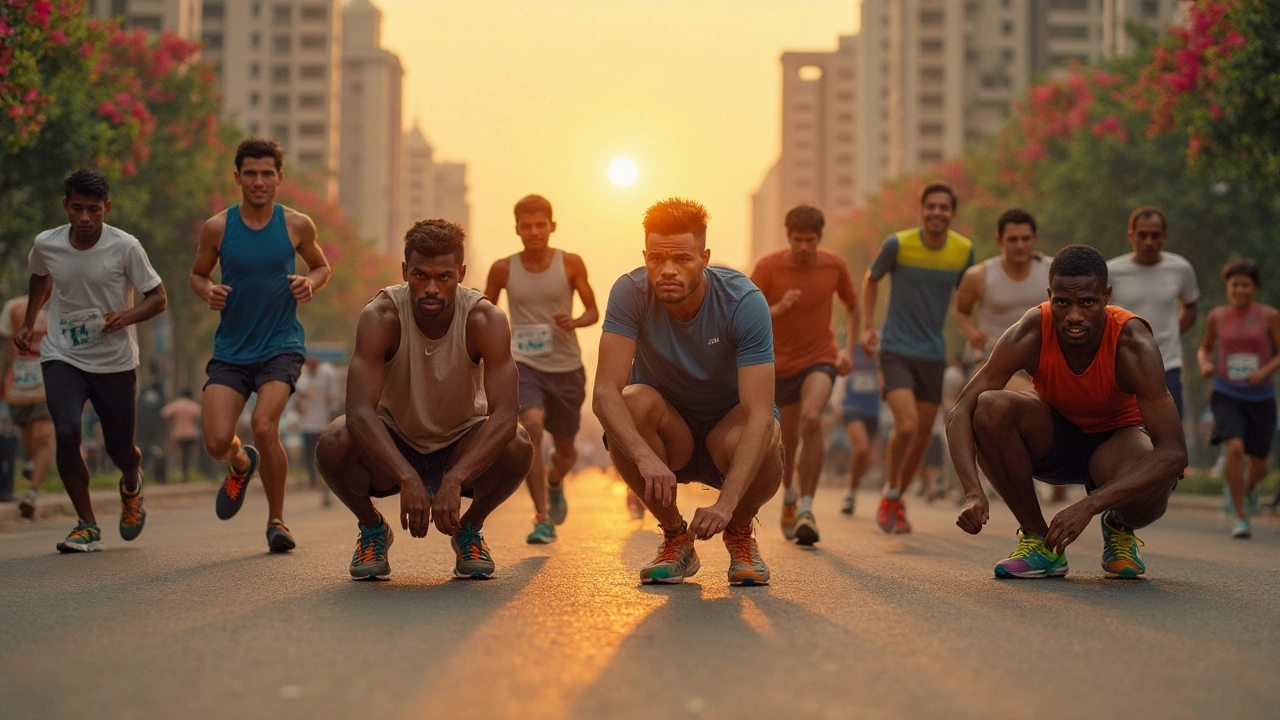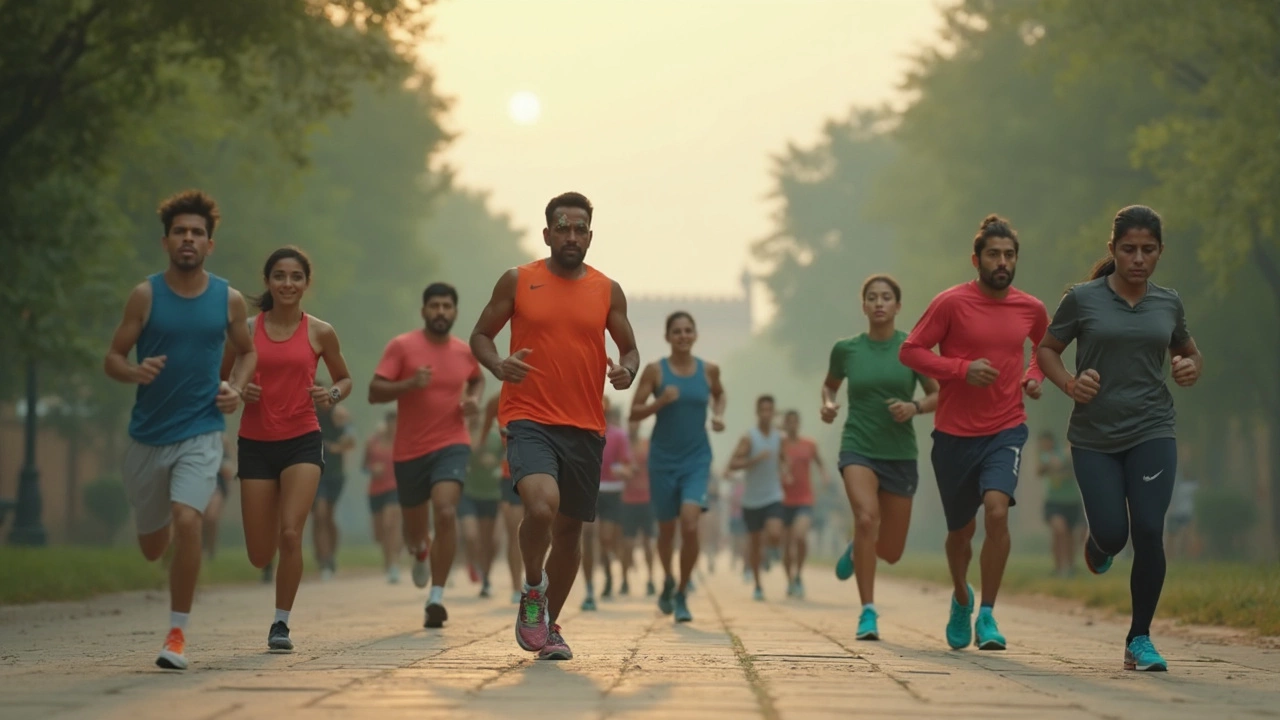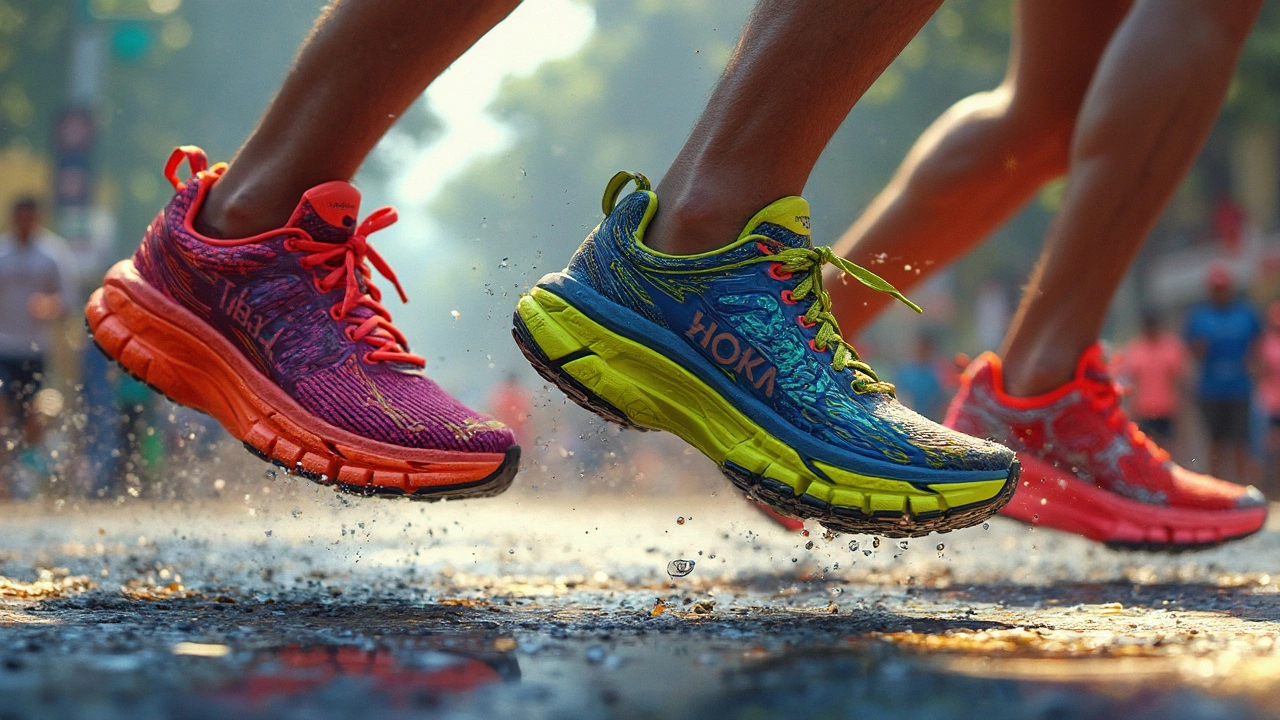Comfort: Stay Pain‑Free While Training and Competing
When you feel good, you play better. Comfort isn’t just a luxury – it’s a game‑changer. Whether you’re hitting the gym, running a marathon, or stepping onto a court, the right mix of gear, routine, and recovery can keep aches at bay. In this guide we’ll break down simple steps you can start using today to boost your comfort levels and keep the fun in fitness.
Choosing Comfortable Gear
First up, your equipment. Shoes are the biggest comfort factor for most athletes. Pick a pair that matches your foot type, the surface you train on, and the activity you do. Look for breathable uppers, cushioned midsoles, and a snug yet flexible fit. If you’re into running, try a model with extra arch support; for the gym, a flatter sole helps with stability.
Clothing matters too. Moisture‑wicking fabrics pull sweat away and prevent chafing. Avoid cotton tops that stay damp and cause irritation. For colder workouts, layer with a lightweight, stretchable base layer that traps heat without limiting movement. And don’t forget protective gear – a good pair of gloves for weightlifting or padded shorts for cycling can make a huge difference in comfort.
Comfort‑Friendly Training Tips
Even the best gear won’t save you if you overdo it. Warm‑up smart: 5‑10 minutes of dynamic stretches gets blood flowing and prepares joints for the load ahead. During the session, keep movements controlled. If an exercise feels sharp or you notice wobbling, drop the weight or adjust your form. It’s better to stay a little lighter than to risk a nagging injury that drags you out for weeks.
Take micro‑breaks. A 30‑second pause after every set helps muscles reset and reduces the build‑up of lactic acid. Hydration is another hidden comfort booster – sip water or an electrolyte drink throughout your workout to keep cramps at bay. Finally, listen to your body’s signals. A slight twinge is often a cue to tweak the exercise, not to push through it.
Recovery is the third pillar of comfort. Post‑workout, spend 5‑10 minutes stretching the muscles you just used. Foam rolling adds extra blood flow and eases tight spots. A quick cold shower or an ice pack on sore areas can cut inflammation. Sleep, of course, is non‑negotiable; aim for 7‑9 hours so your body can repair and you wake up ready for the next session.
Putting it all together, comfort starts with gear that fits right, continues with smart training habits, and ends with solid recovery practices. You don’t need pricey equipment or fancy programs – just a few mindful tweaks and you’ll feel noticeably better on the field, in the gym, or on the trail. Try one change today, notice the difference, then add another. Soon you’ll be training longer, stronger, and happier, all because you put comfort first.




